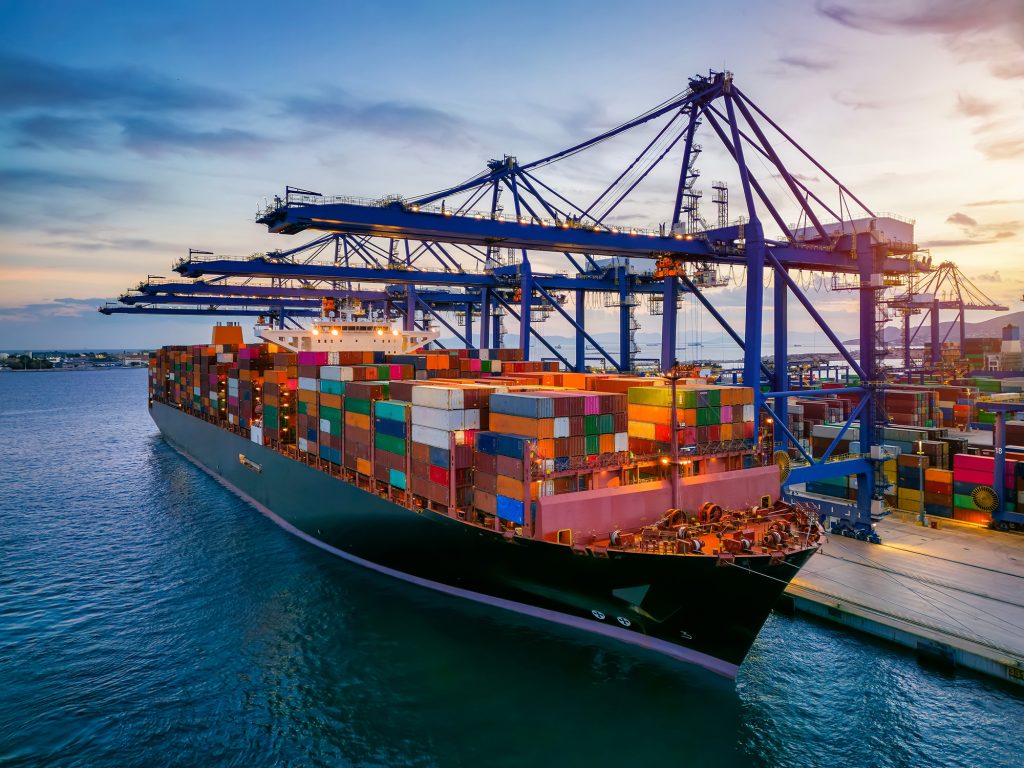
Even in recent challenging times, the value of food & drink brands continues to climb. In 2021 Bain Capital acquired Valeo Foods in a deal valued at around £1.5bn. No doubt, Bain Capital was keen to acquire brands such as Jacobs, Rowse and Balconi. Other deals in 2021 have included private equity firm Exponent buying Gü Puds at a price thought to be in the region of £150m and Ferrero bought Burton’s for £360m, the maker of Jammie Dodgers and Wagon Wheels.
This is an increasingly long-running trend with food & drink brands retaining a high value even in the face of disappointing commercial performance. When Valeo Foods agreed to acquire the European and Middle Eastern part of crisp company Kettle Foods in a deal worth £66m in 2019 it was in spite of a £4m loss made by Kettle Foods in the first half of their 2018 financial year. Similarly, Pret bought out their rival Eat for £60m in 2019 even the face of Eat’s losses of over £17m in 2018.
In 2018 the New England Confectionery Company, one of America’s oldest and most treasured candy manufacturers, found itself threatened with closure. In stepped the Ohio-based Spangler Candy Company to save the brand, which bid $18.83 million (£14.17 million) for Necco at a federal bankruptcy auction. As a result, Necco Wafers, which were originally created all the way back in 1847, have returned to the market.
These are certainly some eye watering sums but what is it that drives such a high value transaction?
Driving up the value
When a purchaser or investor is considering a target, all aspects of the business will be subject to careful analysis and they will not simply restrict the assessment to the commercial performance. Therefore, it is possible for a loss-making company to have extremely valuable assets and if an acquirer thinks they could make more of those assets than the company has done they will see a purchase as a real bargain.
Many assets of a business like land, machinery and stock are tangible and so easier to put a price on in light of readily comparable reference points. However, the greater value can often reside in the less easily quantifiable elements such as brand recognition, goodwill and customer loyalty, know-how (like recipes), customer databases and so on. On the one hand these can be the easiest assets to take over and incorporate into a new business but, on the other hand, the hardest assets to put a price on.
Typically brand valuation has is viewed as something of a dark art but there are some well-established methodologies nowadays. Ultimately, like anything, a brand is worth what someone will pay for it but find the right buyer and the value of the brands could be huge.
The price of love
It might be hard to put a price on consumers’ love of their favourite products, but it can often be a big one. There are many examples such as PepsiCo’s acquisition of Rockstar in 2020 for $3.85bn or the eye-watering sum of $19 billion that Kraft paid for Cadbury in 2010 when, according to one analysis, the Cadbury brand portfolio alone was worth about £3.2bn.
These brands promised something far more precious than factories or other bricks and mortar in the eyes of their buyers as well as the public. The value of these brands can be captured and secured by a business with registered trade mark protection. As the examples show, it is the brand, or trade mark that can attract significant value.
Protect the brand
Where there is a registered trade mark in place it is easier for that business to prevent a third party adopting a similar name for a similar product because all they need do to prove that their earlier right exists is to produce the registration certificate. Compare that with where there is no registered trade mark. In that situation, the business must persuade a court with evidence that they have any rights at all. This is expensive and time0consuming because it will be necessary to produce invoices, sales and turnover figures, advertising and promotional materials and so on. Indeed, some countries give little or no recognition to unregistered rights, which can leave the brand owner unable to prevent confusion arising amongst consumers, loss of sales to a competitor and possible tarnishing of their own brand in the process.
In order to protect its brand and other intangible assets a prudent business will also take steps to ensure that the IP remains in its control and ownership. Note that if a third party has been commissioned to create the brand logo or website content the copyright will be owned by the third party, so an assignment is needed to bring ownership back to the business. Likewise, the business should ensure that it retains ownership of domain names and that social media logins are saved centrally so all is not lost if the responsible staff members change.
Where a new brand is created or a new product or market is identified it is important to ensure that the business has conducted freedom to operate searches to identify any risks to the proposed use and so that mitigating action can be taken. An infringement action is expensive to defend and can seriously damage a hard won reputation.
A business that has not taken these measures will naturally see a reduction in its valuation. The kind of brand loyalty that gives companies the confidence to buy a business, and even one that is struggling, at such stratospheric valuations isn’t something you can build overnight. Especially not in a highly competitive marketplace that is constantly expanding, and where consumers might be swayed by the arrival of the next big thing.
Building up a trusted following takes years of hard work and investment, developing not just a quality product but also a brand that can stand the test of time and will remain attractive even when the going gets tough. Therefore, you should make sure you take the necessary action to protect that time and cost investment by maintaining protection and control of your trade mark rights.
To discuss how we can help you protect and maximise the value of your brand, then please find my contact details on my web profile here or contact us at fooddrink@gje.com
